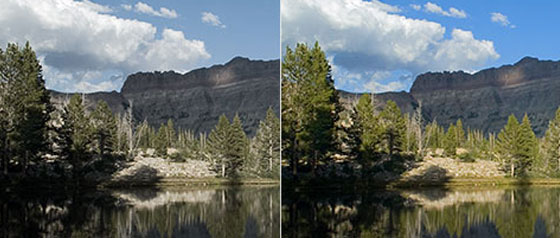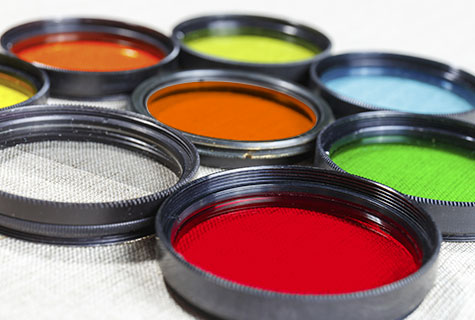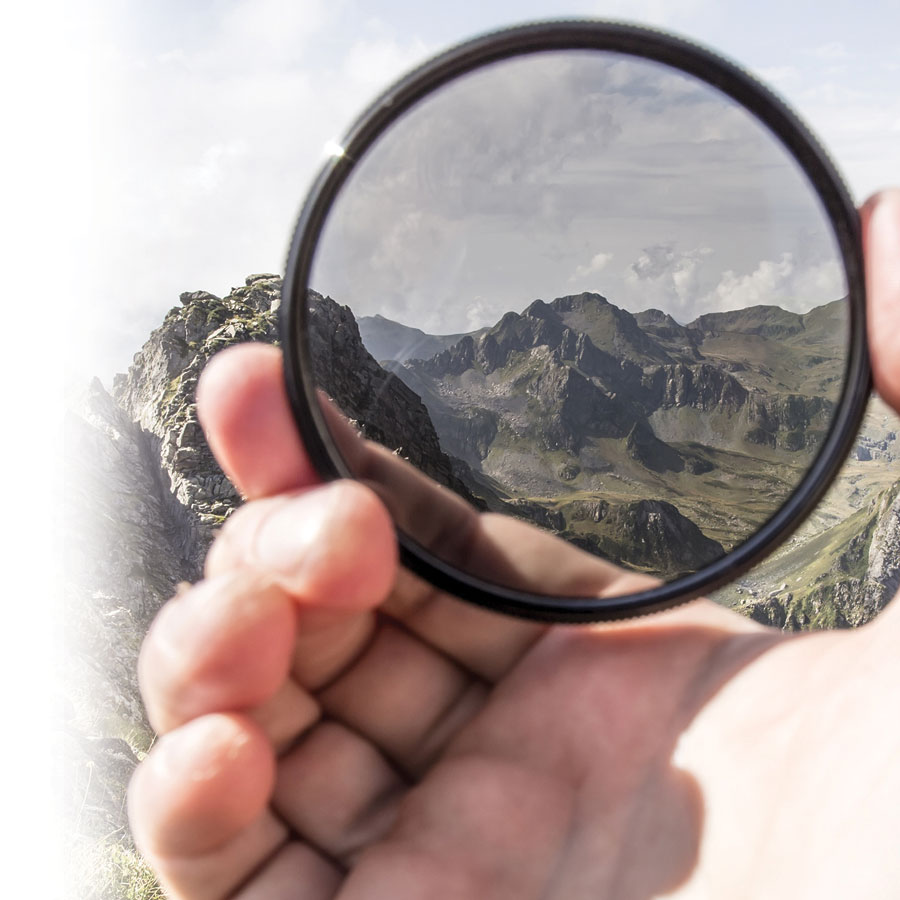Sometimes, natural light can be tricky: it can cause overexposure, colour problems, etc. A solution? Specialized lens filters! Not only do they help correct lighting or balance exposure; they protect your lens against dust, sunlight and impacts. Let’s see!
User guide
Type
The two most widely used holder systems are the round screw-in types that can be mounted on your lens, and the square or rectangular types, which slide right into your camera’s filter holder. You have more than one lens? You can purchase an adapter ring that’ll fit several diameters.
Quality
Regardless of the filter you choose, quality is key! A sub-par filter can overshadow even the best camera and lens. Think twice before opting for the cheaper model!
Purpose
Thanks to post-processing software (Photoshop, Lightroom, etc.), you can fix almost any imperfection in a digital photo and add special effects. Does that mean filters are not useful anymore? Not if you like working on an image right when you capture it! And for that, you have the choice.

The most common filters
The neutral protection filter
This filter does not affect the quality of your images in any way—it simply protects your lens from dust, sunlight and impact.
The UV filter
It’s the best known and yet, it’s not indispensable today. That’s because most of the cameras now come equipped with UV protection. Photographers typically use the circular ring as an extra layer of protection.
The polarizing filter
This filter is very interesting, as it allows you to reduce reflection from surfaces such as glass, water, ice, grass, etc. It’s made up of two rings: one ring is attached to the lens, while the other can be manually rotated to deflect light. By reducing reflection and bright light, you’ll get enhanced colours and starker contrasts.
The ND filter
Do not confuse the ND filter (neutral density) with the neutral filter. Also known as the neutral grey filter, it modifies the intensity of an image by reducing the amount of light that enters the lens. It’s great for extended time exposures (slow shutter speed, allowing more light to enter the lens), and helps avoid overexposure in abundant light conditions. Opacity varies between ND2 to ND1000. Similar to the ND filter is the graduated neutral density filter, which partially reduces the intensity of incoming light.
Other filters
B+W filters
Created especially for black and white photography, four coloured filters (red, green, orange and yellow) allow you to play with grey scale and get clearer contrasts.
Artistic filters
There are all kinds of artistic filters out there, so many that it wouldn’t be useful to list them all here. Among the most common ones you’ll find the soft filter, which is great for portraiture. When you soften an image, you rid your subject’s face of blemishes.


